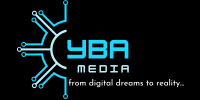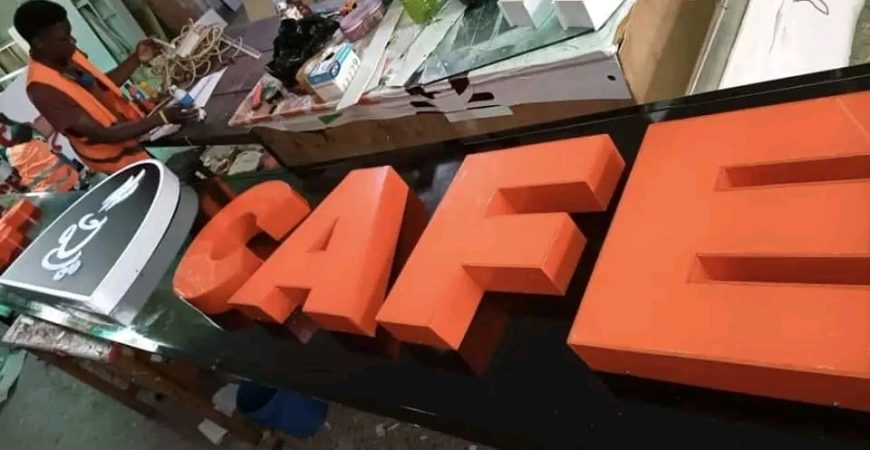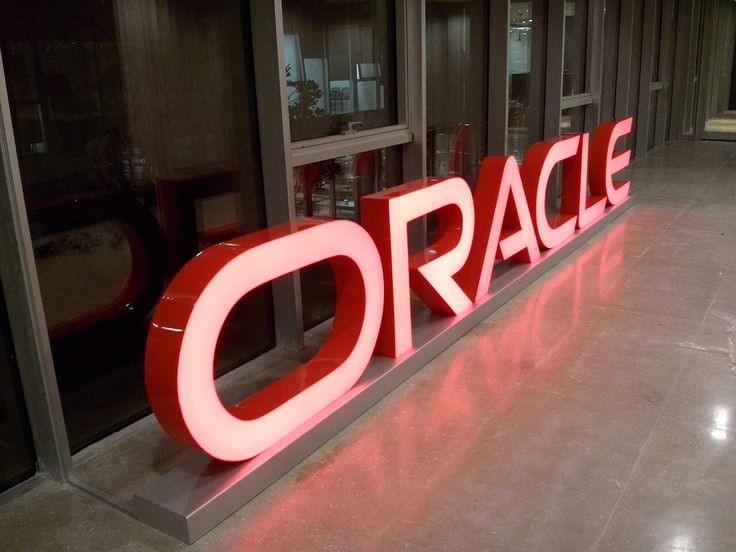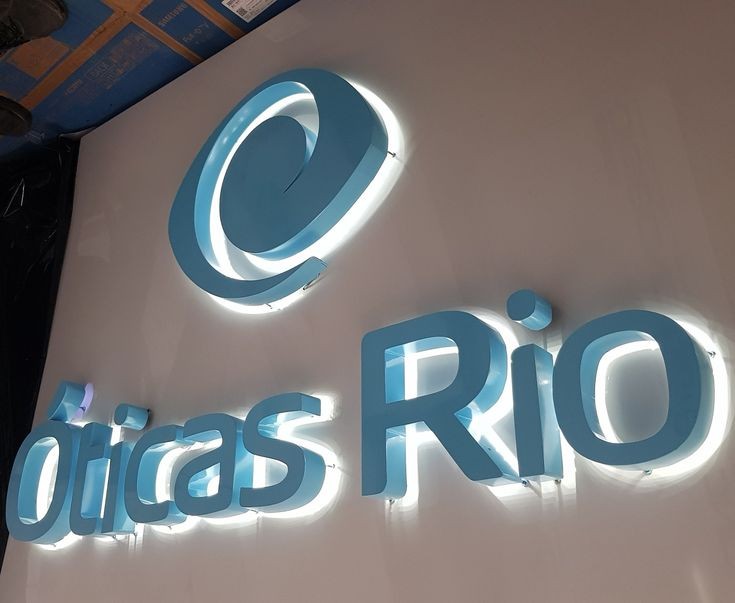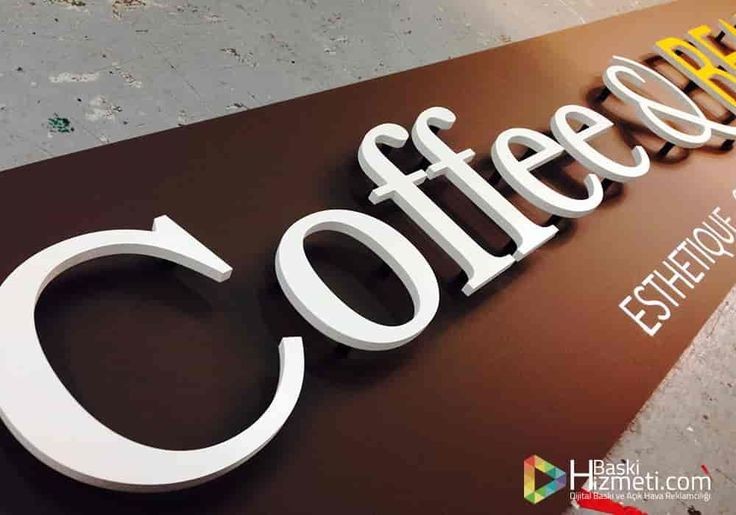When it comes to business signage, understanding the differences between 2D and 3D signs can help you make an informed choice that aligns with your brand and marketing goals. Both types of signage have their unique characteristics, advantages, and ideal uses, each contributing differently to the overall look and feel of a business. This guide explores the distinctions between 2D and 3D signs, covering their materials, visual appeal, costs, and applications, helping you determine the best option for your business. The Difference Between 2D and 3D Signs: Choosing the Right Look for Your Business
Overview of 2D and 3D Signs
2D signs are flat, often utilizing graphics or text that are printed, painted, or engraved on a surface. They offer a more traditional approach to signage and can be very effective when designed with strong color and contrast. These signs are typically economical and ideal for businesses that prioritize simplicity and functionality.
3D signs, on the other hand, incorporate depth by adding a dimensional element, like raised letters or logos. The added depth makes these signs more visually striking, as they project outward from their base, creating shadows and a dynamic look. 3D signs are often more expensive but provide a unique presence that can elevate a business’s visual branding.
Key Characteristics of 2D Signs
2D signs, while flat, offer a variety of design options that can be customized to suit a brand’s identity. Here’s a closer look at some defining characteristics:
Flat Design
The defining feature of 2D signs is their flatness. Typically made by printing or painting onto a material surface, they lack the raised, dimensional quality that characterizes 3D signs. This flat design can make 2D signs ideal for businesses looking for a straightforward and clean aesthetic.
Common Materials
2D signs are frequently crafted from materials such as PVC, aluminum, acrylic, or vinyl. These materials are cost-effective and versatile, allowing for high-quality print finishes that produce vibrant colors and detailed graphics. Vinyl is often used for window or wall graphics, while aluminum is a popular choice for durable outdoor signage.
Types of 2D Signs
Some common types of 2D signs include wall graphics, window decals, and printed banners. These signs are used in various applications, such as storefront displays, event banners, and indoor wayfinding. The Difference Between 2D and 3D Signs: Choosing the Right Look for Your Business
Pros of 2D Signs
- Cost-Effective: 2D signs are generally less expensive than 3D signs, making them a budget-friendly option for businesses.
- Quick Production: Since they are simpler to produce, 2D signs can often be manufactured and installed faster than 3D signs.
- Variety in Placement: 2D signs can be placed on nearly any flat surface, including walls, windows, and even floors, allowing for flexibility in design and placement.
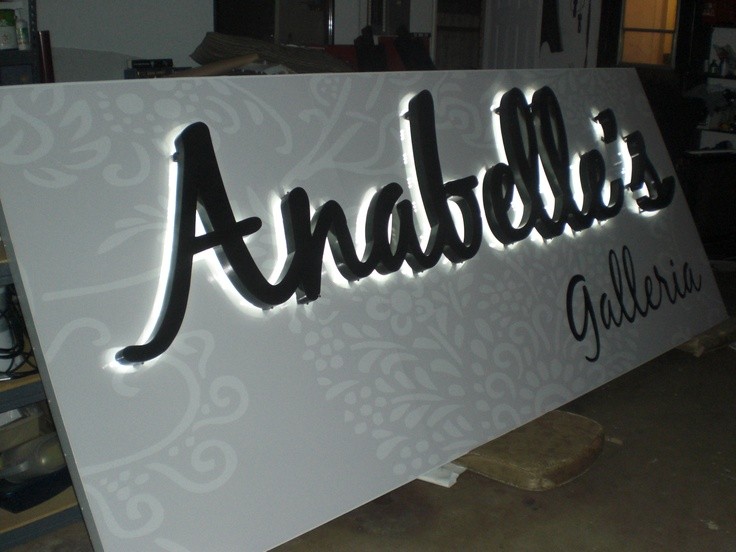
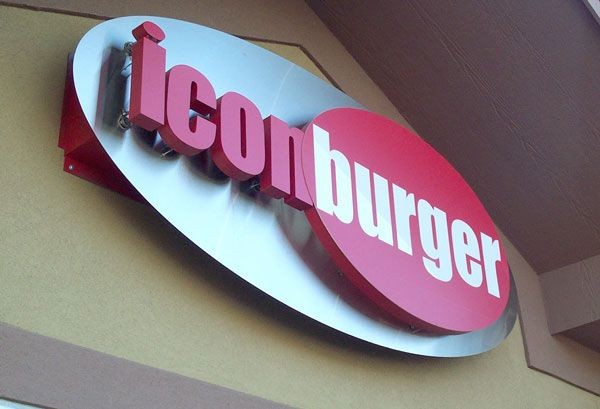
Cons of 2D Signs
- Limited Visual Impact: Without dimensionality, 2D signs can appear less engaging, particularly from a distance.
- Fewer Customization Options: Customization is typically limited to color, text, and graphic elements, which may not stand out as much as 3D signs.
- Lower Durability: Some 2D materials, like vinyl or printed paper, may be less durable, especially in outdoor or high-traffic environments.
Key Characteristics of 3D Signs
3D signs are designed to make a strong impression by adding depth and texture, allowing businesses to create a more impactful, three-dimensional look. Here’s what makes 3D signs stand out:
Depth and Dimension
The most obvious feature of 3D signs is their dimensionality. Unlike flat 2D signs, 3D signs have elements that stand out from the background, creating depth and shadow effects. This extra dimension can make the sign more noticeable and engaging, especially in areas with high competition for attention.
Common Materials
3D signs are often crafted from sturdy materials like metal, acrylic, wood, and high-density foam. These materials offer durability and can withstand exposure to the elements, making 3D signs suitable for both indoor and outdoor applications. Metal and acrylic, in particular, are popular choices due to their sleek, professional appearance.
Types of 3D Signs
Popular types of 3D signs include dimensional letters, logos, and backlit signs. Dimensional letters are commonly used for storefront signage, while backlit 3D signs incorporate LED lighting for added visibility at night.
Pros of 3D Signs
- High Visual Impact: The dimensional effect of 3D signs catches the eye more effectively than flat designs, making them ideal for high-traffic areas.
- Professional Aesthetic: 3D signs lend a sense of sophistication and quality, enhancing a brand’s image.
- Customizable Appearance: The variety of materials, finishes, and lighting options allows for extensive customization, helping businesses create a unique look.
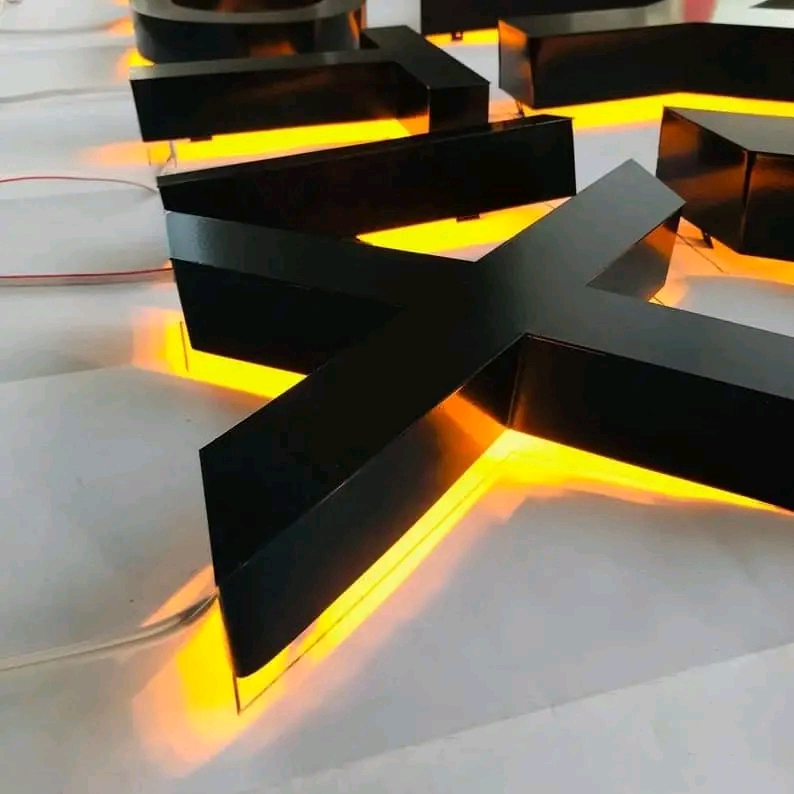
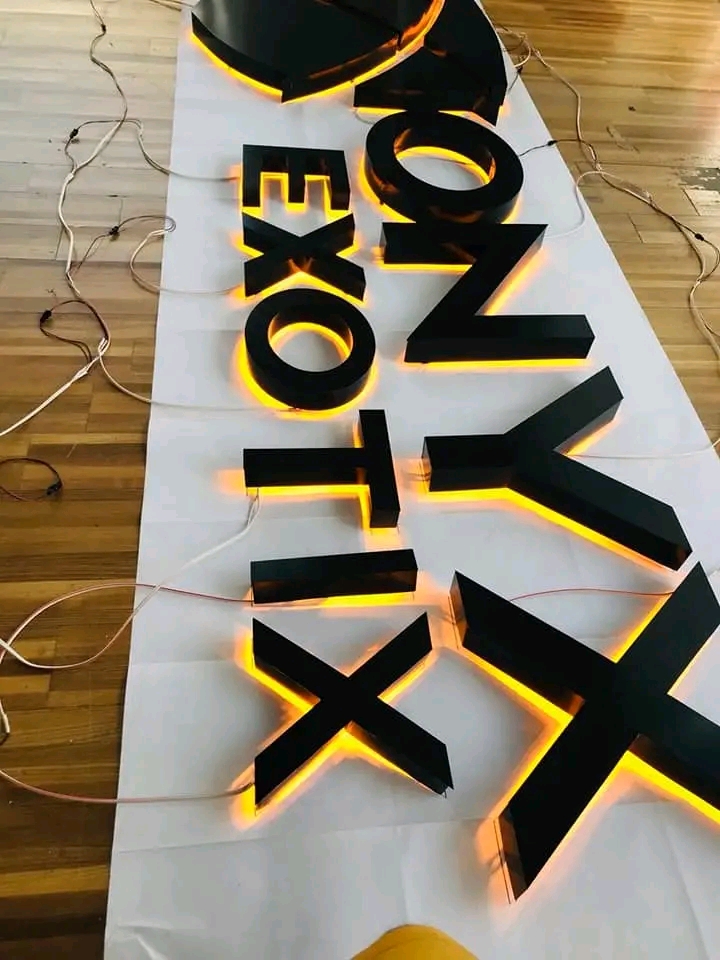
Cons of 3D Signs
- Higher Cost: Due to the materials and production methods, 3D signs are generally more expensive than 2D signs.
- Longer Production Time: The added complexity of 3D designs may lead to longer manufacturing times.
- Installation Requirements: Many 3D signs require professional installation due to their weight and dimensionality, which can add to the overall cost.
Comparing Design and Visual Appeal
When choosing between 2D and 3D signs, considering the visual impact and design options is essential.
2D Signs: Simplicity and Readability
The flat design of 2D signs often lends itself to simplicity and readability, making them ideal for conveying information clearly. A well-designed 2D sign can still be highly effective when designed with bold colors, high contrast, and clean typography. They work particularly well for informational or directional signs where clarity is the priority.
3D Signs: Dimensionality and Drama
3D signs, by nature, have more visual depth. The use of raised letters, shadows, and even backlighting adds drama and sophistication, capturing attention even from a distance. The shadows and depth of a 3D sign create a unique viewing experience that makes it more visually memorable than a 2D sign.
Practical Considerations for 2D vs. 3D Signs
Location and Environment
Choosing between 2D and 3D signs can depend on the sign’s location and environment. 3D signs are often more effective in outdoor settings or highly competitive areas where they need to stand out. In contrast, 2D signs are often better suited to indoor use, such as directional signage in office buildings, where simplicity and readability are essential.
Brand Personality
A business’s brand personality can also play a role in determining the type of sign. Brands looking for a modern, professional appearance may benefit from a 3D sign, as its dimensionality projects sophistication. A 2D sign can be ideal for brands aiming for a minimalist or approachable look, as it conveys information without excessive ornamentation.
Budget and Maintenance
For businesses with limited budgets, 2D signs offer a cost-effective solution that can be quickly produced and easily maintained. 3D signs, however, while more expensive upfront, are often more durable and may last longer, especially when made from sturdy materials like metal or acrylic.
Cost and Durability Considerations
2D Signs: Economical and Functional
2D signs are typically more affordable than 3D signs, making them a practical choice for businesses on a tight budget. However, some 2D materials, like vinyl or paper, may have a shorter lifespan, especially in outdoor environments. Materials like PVC and aluminum can offer greater durability, but may still lack the long-term resilience of most 3D signs.
3D Signs: Investment in Quality
Although more expensive, 3D signs are often seen as an investment due to their durability and high-quality materials. Metal, acrylic, and wood are commonly used for 3D signs, which are resistant to weather and damage. With proper maintenance, 3D signs can provide long-lasting visibility and brand recognition, making the higher initial cost worthwhile for many businesses.
Use Cases: When to Choose 2D vs. 3D Signs
When to Use 2D Signs
- Informational or Directional Signage: 2D signs work well for providing clear, straightforward information in settings like hospitals, schools, and office buildings.
- Temporary Signage: For events, sales, or promotions, 2D signs are often more cost-effective and can be easily updated or replaced.
- Minimalist Branding: Brands aiming for a clean, simple aesthetic may find that 2D signs reflect their brand values more effectively than 3D signs.
When to Use 3D Signs
- Storefront and Exterior Signage: 3D signs are highly visible and make a strong impact, ideal for storefronts and outdoor use where brand presence is essential.
- Luxury and High-End Brands: Businesses looking to project a premium image can benefit from the sophistication and dimension of a 3D sign.
- Nighttime Visibility: With options like backlighting, 3D signs remain visible at night, making them a good choice for businesses open after dark, like restaurants or hotels.
Current Trends in 2D and 3D Signage
Today, many businesses are blending elements of both 2D and 3D signage to create unique, hybrid designs. Here are some emerging trends in signage design:
Mixed Media Signs
Combining materials and techniques from both 2D and 3D signs allows for customized designs. For instance, a business may choose a 2D background with raised, 3D letters, blending simplicity with depth.
Eco-Friendly Materials
With a growing focus on sustainability, many businesses are opting for eco-friendly materials like recycled metal, bamboo, or biodegradable plastics for both 2D and 3D signs. Sustainable signage can benefit a brand’s image and align with consumer expectations for environmental responsibility.
Digital and Interactive Options
Advances in digital technology are also transforming traditional 2D and 3D signs into interactive experiences. Digital 3D signs with touchscreens or augmented reality capabilities allow businesses to engage customers in innovative ways.
Conclusion
The choice between 2D and 3D signs depends on a business’s goals, brand personality, and budget. While 2D signs offer a cost-effective, minimalist approach, 3D signs provide high visual impact and sophistication. By understanding the differences in design, materials, and applications, businesses can select the type of signage that best complements their brand identity and enhances their visibility. Whether you opt for the clean look of a 2D sign or the dynamic presence of a 3D sign, well-crafted signage remains an invaluable asset for business success. The Difference Between 2D and 3D Signs: Choosing the Right Look for Your Business
